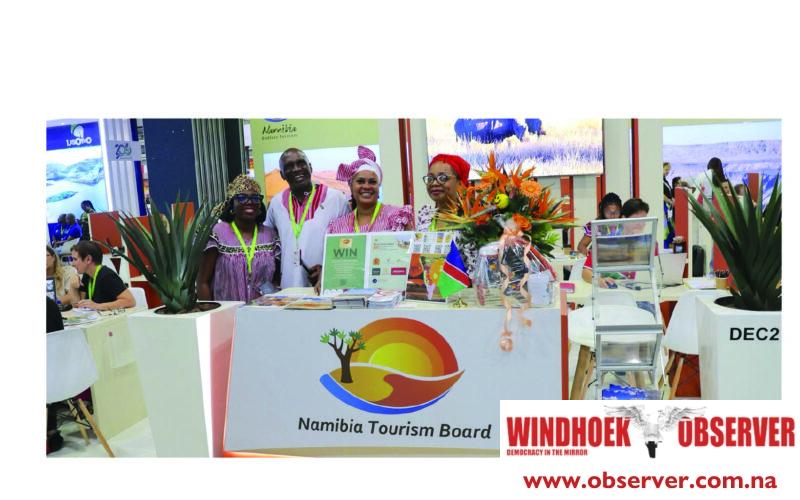Chamwe Kaira
The tourism industry is expected to expand by 5.5% in 2025, generating N$4.6 billion in revenue. Growth will be supported by targeted marketing campaigns and better international connectivity.
Hotels and restaurants are projected to surpass 2019 levels during the third-quarter peak season, highlighting tourism’s key role in the services sector.
Retail trade, which grew by 5.2% in the second quarter, is also likely to recover in the first half of the year if investment spending remains resilient, said Almandro Jansen, an analyst at Simonis Storm Securities.
Jansen said Namibia’s challenge is to turn investment inflows and strong external demand into broad-based growth while addressing structural weaknesses in domestic production.
The release of second GDP figures showed 1.6% year-on-year growth, confirming the economy is expanding but at a slower pace than expected.
Together with the 2.8% recorded in the first quarter, average growth for the first half of the year stands at 2.5%. Simonis has revised its full-year 2025 forecast from 3.3% to 3%.
“This revision reflects both statistical realities and structural challenges, including the uneven performance across industries, persistent household demand weakness, and the limits of how quickly fiscal and monetary support can translate into real activity,” Jansen said.
Monetary policy remains cautiously accommodative. After 75 basis points of cuts in 2024, the repo rate was lowered by a further 25 basis points in February this year to 6.75%. Simonis expects another 25 basis point reduction by year-end, bringing the rate to 6.50%.
“This easing provides some breathing room for corporates and households, though transmission into credit demand is gradual,” Jansen said.
Private sector credit remains uneven, with corporates driving demand while household uptake lags. Inflation is projected to average 3.8% in 2025, with risks tilted upward due to food and energy costs.
Jansen added that fiscal policy remains infrastructure-led, with the government allocating N$4.3 billion to construction, energy, and water projects this year.
“Execution, however, is critical. Procurement delays, weak implementation capacity, and SOE inefficiencies continue to limit the conversion of capital budgets into real output. While headline allocations are supportive, delivery remains the key bottleneck,” he said.
The statistician general and chief executive officer of the Namibia Statistics Agency (NSA), Alex Shimuafeni, said last week that performance during the quarter under review was mainly driven by the tertiary industries.
These recorded growth of 3.9% in real value added, compared to 5% in the same period of 2024.
Caption
Tourism is expected to generate N$4.6 billion this year.
- Photo: Namibia Tourism Board




